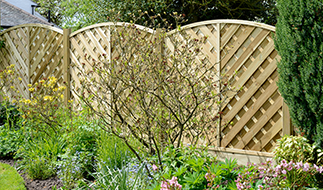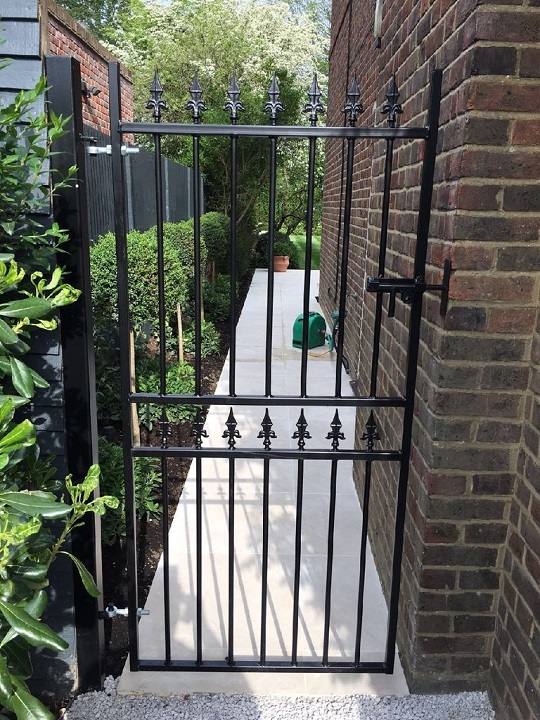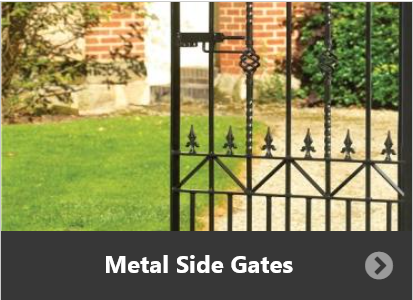Do You Need Permission for a Side Gate
- Gates
- Railings
- Fencing
- Accessories
& Fitting- Sheds
& Storage- Garden Structures
- Design
& StyleMetal Gates & Railings- Info
& HelpPicture this: you're stood in your garden, measuring tape in hand, dreaming of that perfect side gate that'll finally stop your neighbours from peering over the fence. But then it hits you, and that all important question comes to mind – do I actually need permission for this?
It's a question we get quite commonly here at Garden Gates Direct, and honestly, the answer isn't as straightforward as you'd hope. Planning regulations can feel like navigating a maze blindfolded, but don't worry – we've got you covered with our take on this subject below.
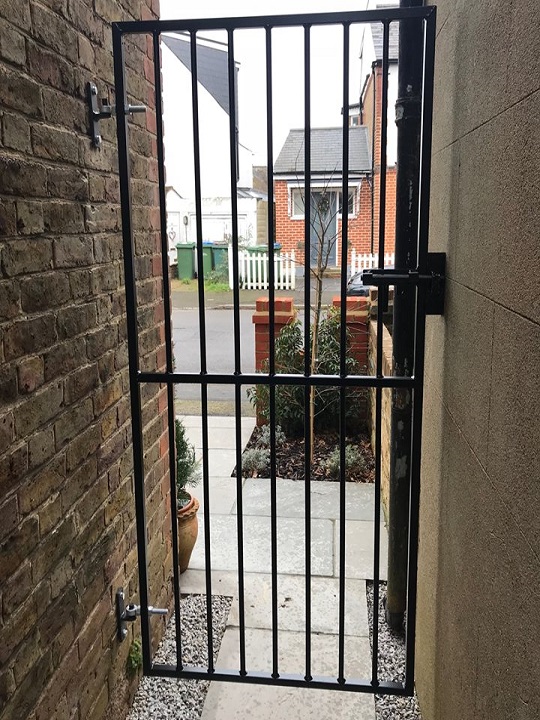
The Short Answer (Sort Of)
Most of the time, you can put up a side gate without bothering the council / local authority. However – and there's always a however with planning rules – it depends on several factors that could trip you up if you're not careful.
The key lies in something called "permitted development rights." Think of these as your get-out-of-jail-free card for minor home improvements. Side gates typically fall under these rights, meaning you can crack on without filling out mountains of paperwork.
But – there are exceptions that could land you in hot water.
When Things Can Get Complicated
Your beautiful new gate might need official approval if it's higher than one metre and faces a motorway / dual carriageway. That includes any public road, footpath, or bridleway. Seems straight-forward, doesn't it? The thinking behind this is that tall gates near busy roads can create blind spots for drivers and pedestrians.
Now, what counts as "facing a motorway"? If your house’s side entrance runs along the street, you're potentially in planning permission territory. However, if your gate sits well back from the road boundary, you'll likely be fine.
Materials matter less than you'd think. Whether you choose a stunning hardwood gate, sleek aluminium panels, or classic wrought iron, the height restrictions remain the same. That said, some conservation areas have specific material requirements, but more on that shortly.
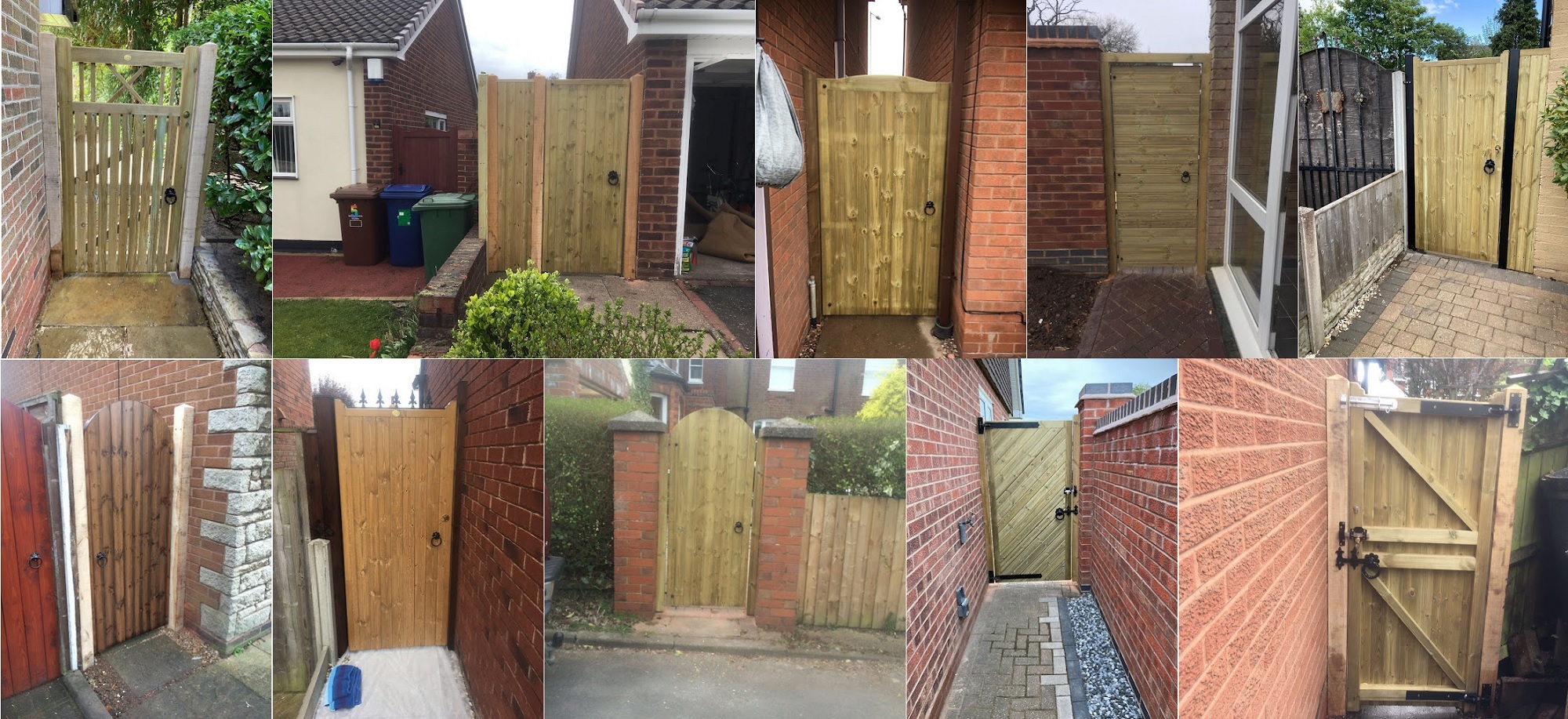
Conservation Areas: The Game Changer
Living in a conservation area? The rules tighten considerably. These designated areas protect the character of historically or architecturally important locations, and that extends to your gate choices.
In conservation areas, any gate or fence facing a highway needs planning permission, regardless of height. Yes, even that charming 60cm picket gate. It's frustrating, but these areas maintain their character precisely because of such strict controls.
The good news? Authorities / local councils aren't trying to make your life difficult. They want gates that complement the area's heritage. A well-chosen wooden gate often sails through the approval process, whilst modern aluminium might face more scrutiny – though it's not impossible.
Listed Buildings: Extra Layers
Own a listed building? You'll need listed building consent for any external changes, including gates. This applies even if your gate wouldn't normally need planning permission. The process takes longer and costs more, but it protects our architectural heritage.
Interestingly, certain materials often speed up approval. Traditional oak gates typically receive warmer receptions than contemporary steel designs, though each case depends on the specific building and its setting.
Article 4 Directions: The Curveball
Some areas have Article 4 directions that remove permitted development rights entirely. These aren't common, but they exist in sensitive locations where councils want extra control over development.
Your local planning authority's website should highlight any Article 4 directions in your area. When in doubt, a quick call to the council can save considerable headaches later.
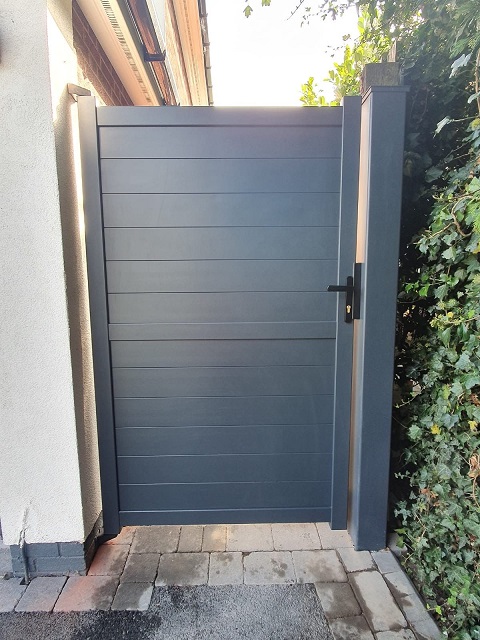
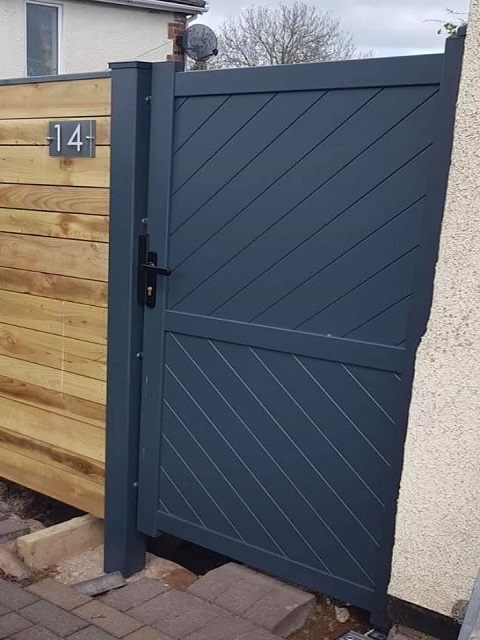

Practical Steps Before You Buy
Smart homeowners check first, buy second. Start by measuring your proposed gate location and checking heights against boundary walls. Remember, gates often need to swing open, so consider neighbouring properties and public access.
Contact your local / council planning authority if you're unsure. Most have helpful pre-application services that cost less than submitting full applications. It's worth every penny for peace of mind.
Consider your neighbours too. Whilst not legally required, a quick chat about your plans often prevents future disputes. Nobody wants a gate that becomes the source of ongoing tension.
Material Considerations
Different gate materials offer varying benefits, and planning considerations sometimes influence choice. Wooden gates blend naturally into most environments and rarely raise planning concerns. They're versatile, customisable, and age beautifully when maintained properly.
Aluminium gates offer low maintenance and contemporary styling. They're increasingly popular in modern developments, though traditional areas might prefer more classic materials. Metal gates, including steel and wrought iron, provide excellent security and can be powder-coated in virtually any colour.
The key is matching your gate to its surroundings whilst meeting your practical needs.
The Bottom Line
So, do you need permission for a side gate? In most cases, no – you don't.
Typically, standard side gates under one metre high, or gates over one metre that don't face busy roads, generally fall under permitted development rights. You can proceed with confidence, whether choosing timber, aluminium, or metal options.
However, conservation areas, listed buildings, and Article 4 directions change things entirely, as anything that falls within these parameters require planning permission regardless of height or position.
When in doubt, check with your local council / planning authority before committing to any purchase. A five-minute phone call could save you considerable expense and frustration down the line. After all, the perfect gate is one that enhances your property without landing you in planning hot water.
- Railings


